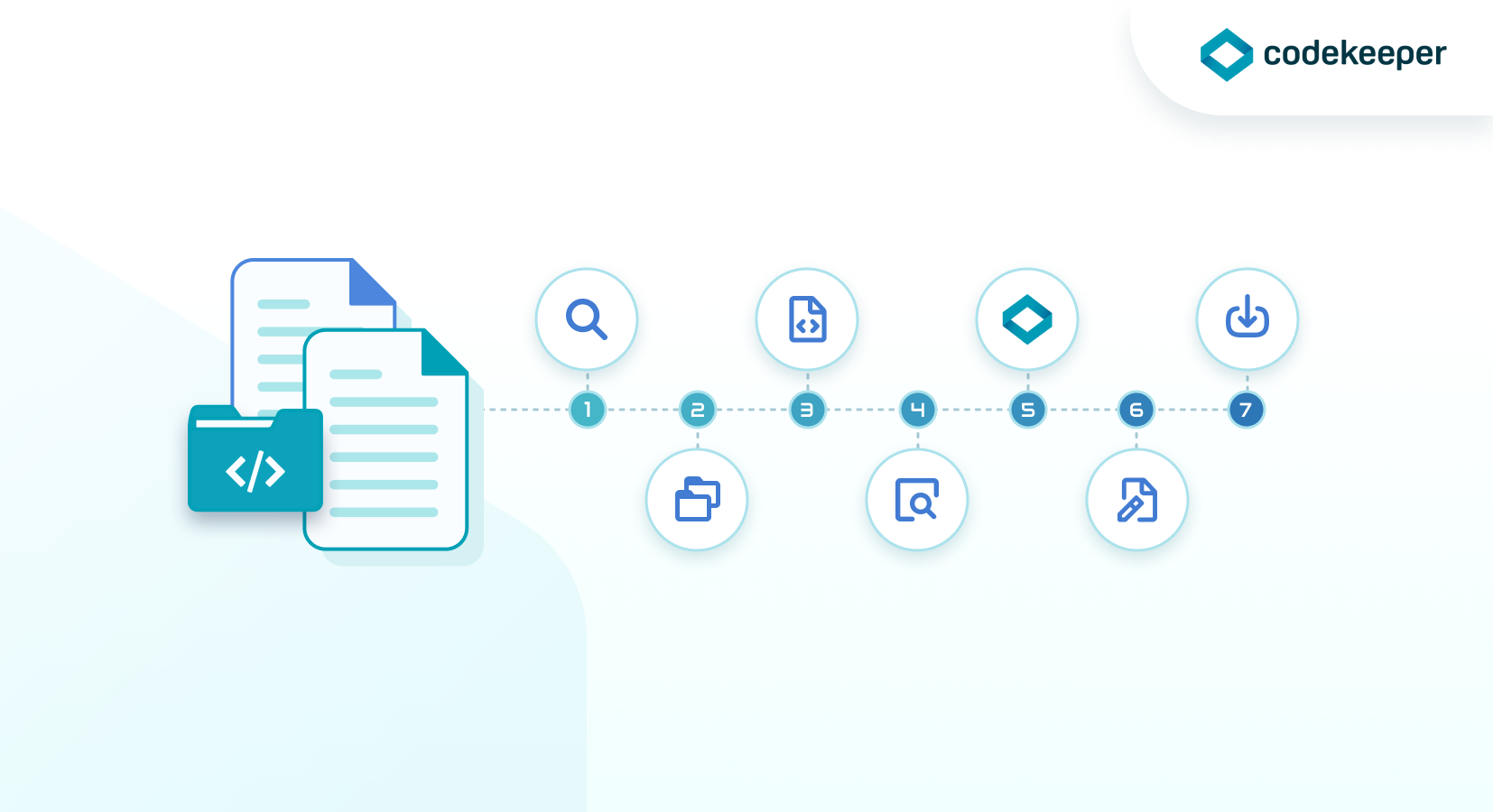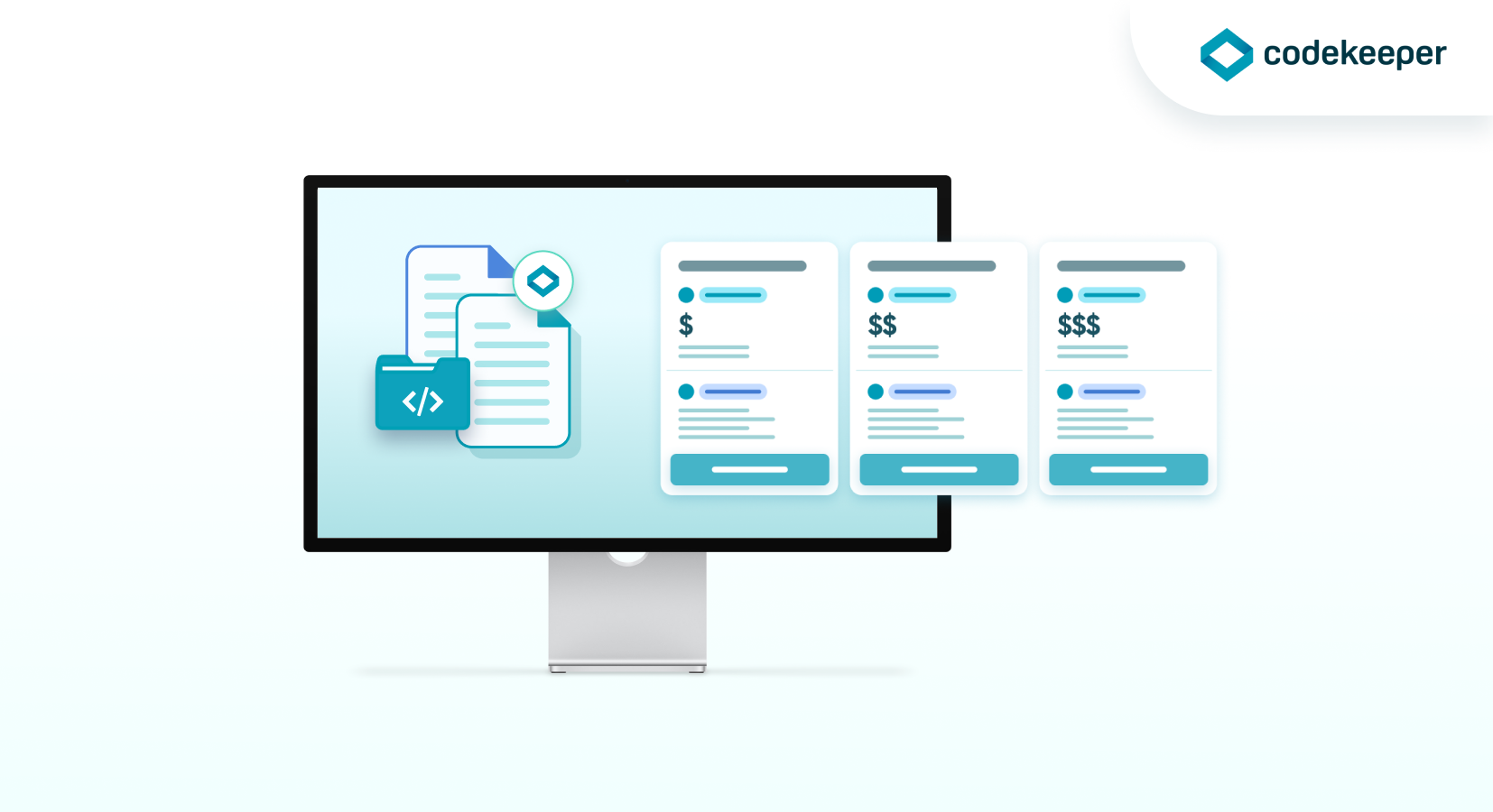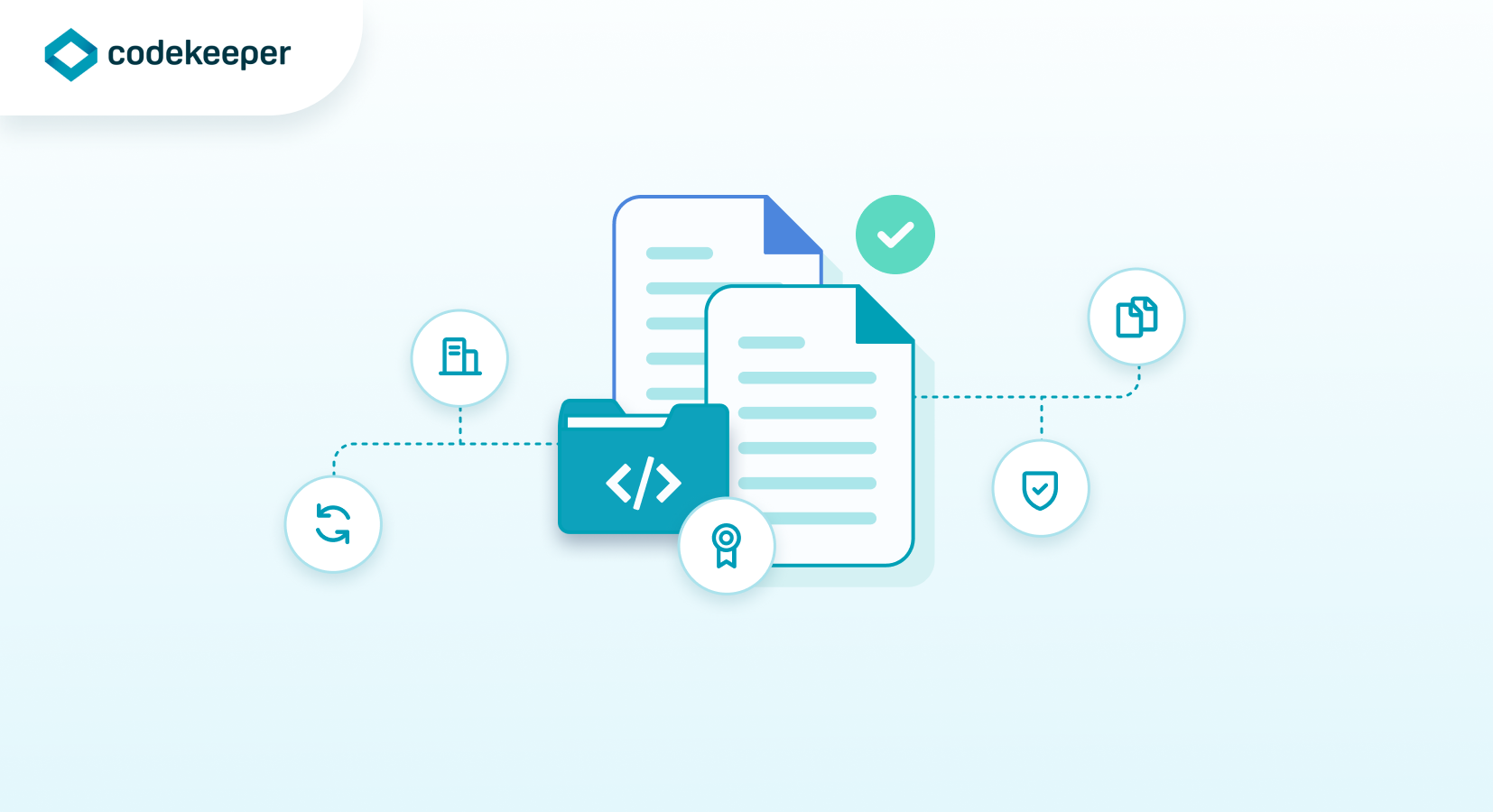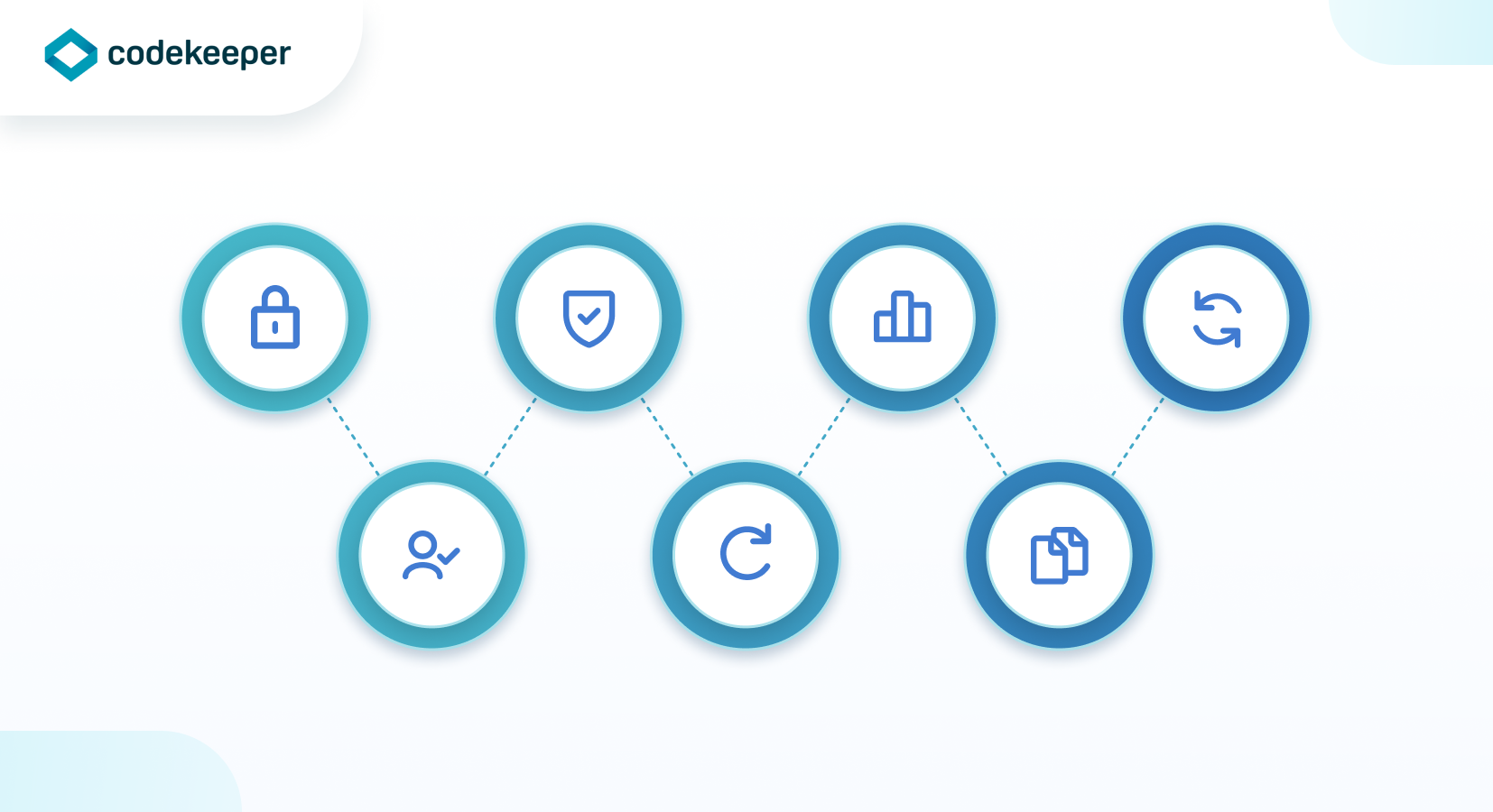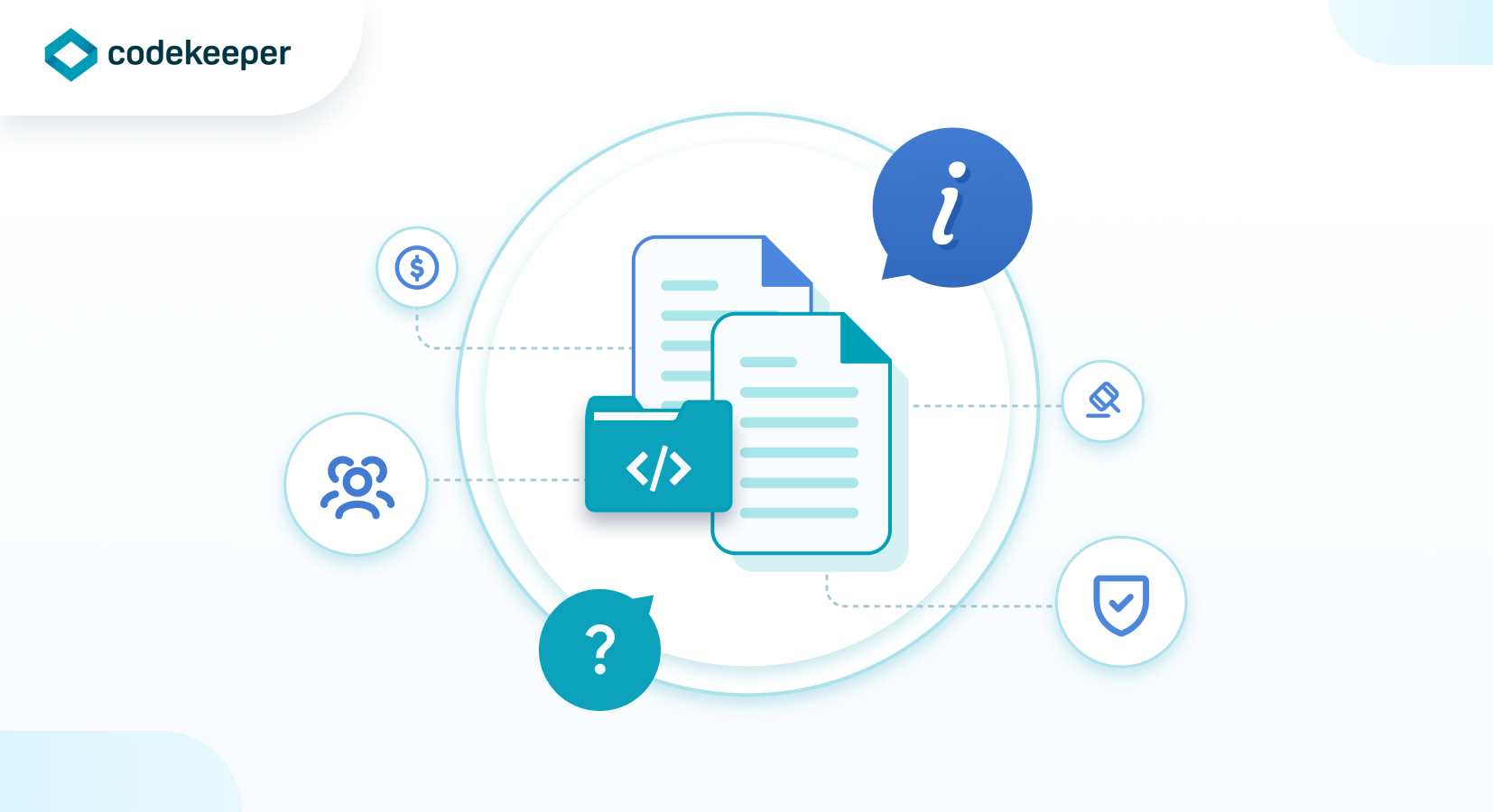Setting up a source code escrow account with Codekeeper is a straightforward process that can provide peace of mind for both software vendors and their clients. By using Codekeeper's software escrow services, you can ensure that critical information is stored securely and released in the event of an unexpected situation.
source code escrow, software escrow, software escrow agreements, codekeeper
source code escrow, software escrow, software escrow agreements, codekeeper
Software escrow is a service that provides storage and release of source code and other critical information for software products with a neutral third party like Codekeeper. In the event of an unexpected situation, such as a software vendor going out of business or failing to provide support, software escrow can be a valuable tool for ensuring business continuity and minimizing risk.
There are many benefits of software escrow for both software vendors and their clients. In this article, we will discuss some of the key benefits of software escrow and how it can help organizations like yours protect their investments in software products.
Business Continuity
One of the most significant benefits of software escrow is business continuity. If a software vendor goes out of business or fails to provide support for their software product, clients who have invested in that software may be left without access to critical source code and other information needed to maintain and support the software.
With software escrow, clients can ensure that they have access to critical information even if the software vendor is no longer available. This means that they can continue to use and support the software without interruption, minimizing the risk of business disruption and loss of revenue.
Risk Management
Software escrow is also an effective risk management tool. By storing critical information with a software escrow agent like Codekeeper, software vendors can reduce the risk of information loss or theft. This is particularly important in industries where intellectual property is a key asset, such as software development.
Clients who invest in software products also benefit from reduced risk through software escrow. By ensuring that they have access to critical information, clients can minimize the risk of software failure or data loss, which can have serious consequences for their business.
source code escrow, software escrow, saas escrow, codekeeper, operational resilience
In today's digital age, security breaches and operational disruptions can have disastrous consequences for any business. From lost revenue to reputational damage, the impacts of such incidents can be long-lasting and far-reaching. Ensuring both security and operational resilience is therefore crucial for businesses of all sizes and industries. In this article, we will discuss some best practices for ensuring security and operational resilience in your organization.
Develop a Security and Resilience Strategy
A well-defined security and resilience strategy is the foundation of any successful program. Such a strategy should take into account the unique risks and challenges faced by your organization, as well as any relevant regulations or compliance requirements. Key components of a security and resilience strategy include:
Risk Assessment : Identify and assess the risks to your organization's security and operations. This can include internal and external threats, as well as vulnerabilities in your systems, processes, and personnel.Incident Response Plan : Develop a plan for responding to security incidents and operational disruptions. This should include procedures for detecting, containing, and mitigating the impact of incidents, as well as for communicating with stakeholders.
Business Continuity Plan : Develop a plan for maintaining critical business operations in the event of a disruption. This should include procedures for backing up data and systems, as well as for restoring operations as quickly as possible. This can be achieved by way of investing in software escrow, for example.
Training and Awareness : Ensure that all employees are aware of the risks and procedures related to security and resilience. Regular training and awareness programs can help to reduce the risk of human error and improve incident response times.
Implement Strong Access Controls
Access controls are essential for protecting sensitive data and systems from unauthorized access. This includes both physical and digital access controls. Key considerations for implementing strong access controls include:
Role-Based Access : Assign access levels based on an individual's job responsibilities and need-to-know. This can help to limit the exposure of sensitive information to those who do not require access.Multi-Factor Authentication : Use multiple authentication factors, such as passwords and biometric data, to increase the security of access controls. This can help to reduce the risk of unauthorized access due to lost or stolen credentials.
Regular Reviews : Conduct regular reviews of access controls to ensure that they remain appropriate for each individual's job responsibilities. This can help to prevent access creep, where individuals accumulate unnecessary access over time.
Use Encryption to Protect Data
Encryption is a key tool for protecting sensitive data from unauthorized access. It involves the conversion of data into a format that can only be read by those who have the appropriate decryption key. Key considerations for using encryption to protect data include:
Choosing the Right Algorithm : Select an encryption algorithm that is appropriate for the level of security required for each type of data. This can include symmetric and asymmetric encryption, as well as hashing algorithms for data integrity.Key Management : Develop a key management strategy that ensures that encryption keys are properly secured and only accessible to authorized personnel. This can include using hardware security modules (HSMs) and key rotation policies.
End-to-End Encryption : Implement end-to-end encryption for all sensitive data in transit and at rest. This can help to prevent data breaches and unauthorized access to sensitive information. At Codekeeper, all the data you store with us is end-to-end encrypted for example.
source code escrow, software escrow, saas escrow, codekeeper
The protection of digital assets is more critical than ever, and one way to ensure the security of your source code is by using software escrow services. In this article, we will discuss what software escrow is, why you need it, and how it works.
What is Software Escrow?
Software escrow is a legal agreement between three parties: the software owner or licensor, the end-user or licensee, and a third-party escrow agent like Codekeeper. The agreement states that the software owner deposits the source code and other critical materials with us as a neutral third party. In the event that the software owner is unable to support the software due to circumstances ranging from bankruptcy, acquisition, natural disasters, etc., the end user/beneficiary can access the deposited materials.
Why Do You Need Software Escrow?
As a software owner or licensor, you invest significant time and resources in developing your software. It goes without saying that the protection of your intellectual property is critical to your success. There are several reasons why you may need software escrow:
- Protect Your Intellectual Property: When you deposit your source code with Codekeeper, you retain ownership of the intellectual property. This ensures that your source code remains secure and accessible in the event of unforeseen circumstances.
- Reduce Risk: By using software escrow services, you can reduce the risk of your end-users experiencing downtime or other issues due to your inability to support the software. This can help you maintain customer loyalty and avoid legal disputes.
- Increase Customer Confidence: Providing software escrow services to your end-users demonstrates your commitment to customer satisfaction and can help you win new business.
- Comply with Regulations: In some industries, such as healthcare and finance, regulations require the use of software escrow services to protect patient and customer data. We provide GDPR and HIPAA compliance solutions.
source code escrow, software escrow, saas escrow
As technology continues to advance, businesses rely more and more on software to operate effectively. However, as a business owner or developer, it's essential to ensure that your software and source code are protected and secure. An escrow agreement can help you accomplish this goal by providing a third-party custodian for your source code and ensuring that it remains accessible to you in the event of unforeseen circumstances. In this article, we'll outline how to create an effective escrow agreement to protect your source code and ensure compliance.
What is an Escrow Agreement?
An escrow agreement is a legal document that specifies the terms of the arrangement between a software developer or vendor and a third-party escrow agent such as Codekeeper. The agreement states that the developer or vendor will deposit the source code, as well as any other relevant materials, with us as the escrow agent. In exchange, we will hold the materials in trust and release them to the developer or vendor under certain agreed-upon circumstances.
Why is an Escrow Agreement Important?
An escrow agreement is important for several reasons. First, it protects the developer or vendor's intellectual property rights by ensuring that their source code is safe and secure. Second, it ensures that the source code is accessible to the developer or vendor in the event of unforeseen circumstances such as bankruptcy, acquisition, or discontinuation of the software. Third, it can help to ensure regulatory compliance, particularly in industries that are heavily regulated.
Steps to Create a Software Escrow Agreement
-
Identify the Key Parties
The first step in creating a software escrow agreement is to identify the key parties involved. These parties include the software developer, the escrow agent, and the beneficiary.
The software developer is the party that owns the source code and other materials that will be deposited with the escrow agent. The escrow agent is the third-party custodian who will hold the materials in trust. The beneficiary is the party that will receive access to the materials under certain specified circumstances, such as the bankruptcy of the developer or vendor or the discontinuation of the software.
-
Specify the Deposited Materials
The next step is to specify the materials that will be deposited with the escrow agent. This should include the source code, any accompanying documentation, and any other materials that are necessary for the software to function properly. The agreement should also specify how often the developer is required to update the deposited materials.
-
Define the Release Conditions
The release conditions are the circumstances under which the beneficiary will be granted access to the deposited materials. Typically, the release conditions will be triggered by certain events such as bankruptcy, discontinuation of the software, or failure to meet agreed-upon service level agreements.
The agreement should also specify the process for requesting the release of the deposited materials, including any timeframes and documentation requirements.
source code escrow, software escrow, saas escrow, software escrow agent
In today's world, software is an integral part of business operations. It is used to streamline processes, manage data, and enhance productivity. However, it is crucial to ensure that your software is secure and protected. A software escrow agent, such as Codekeeper, can assist with this.
A software escrow agent is a third-party that holds the source code and other essential materials of your software in escrow. The materials held in escrow are released to you if certain conditions are met. In this article, we will discuss how to choose a software escrow agent.
Look for Experience
The first thing to consider when choosing a software escrow agent is their experience. You want to work with a company that has a proven track record of providing reliable escrow services. Look for a company that has been in business for several years and has a good reputation in the industry. Codekeeper has been in business for close to 10 years and has served thousands of clients worldwide, including the top 4 accounting firms globally.
Check for Certifications
Certifications are a way to ensure that a software escrow agent is qualified to provide the services they offer. Look for certifications such as the International Association of Software Architects (IASA) Certified Software Architecture Professional (CSAP) or the Software Engineering Institute (SEI) Capability Maturity Model Integration (CMMI). Security is our top priority, and we operate in compliance with ISO27001 guidelines.
Evaluate Their Security Protocols
Security is a critical consideration when it comes to software escrow. You want to work with a company that has strict security protocols in place to protect your source code and other materials. Ask about their physical and digital security measures, including how they store and transmit your data.
Secure system processes are at the core of our products and services. We safeguard your source code and data with strong encryption, firewalls, secure email, and proactive 24/7 system monitoring.
